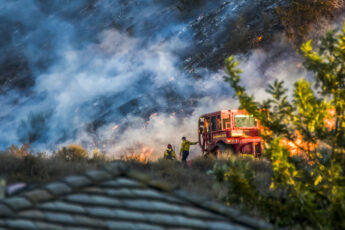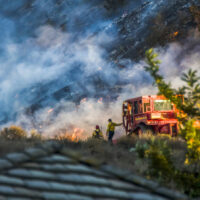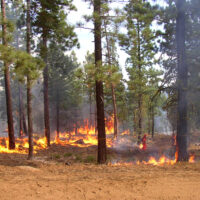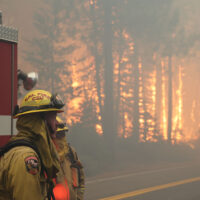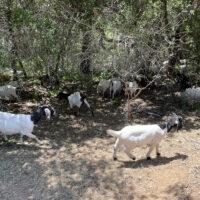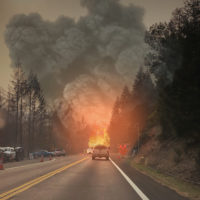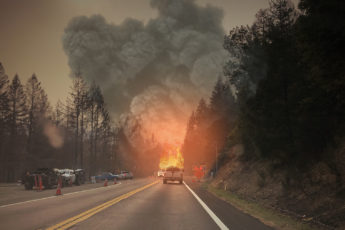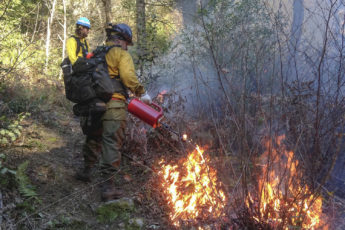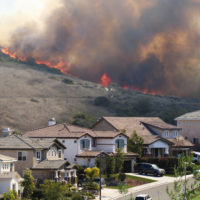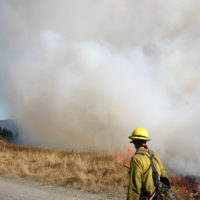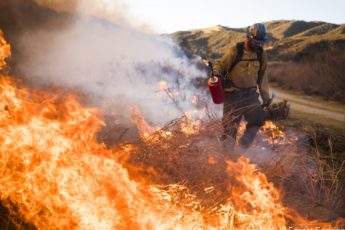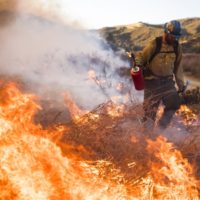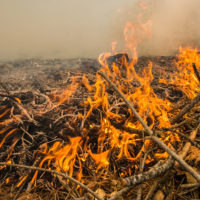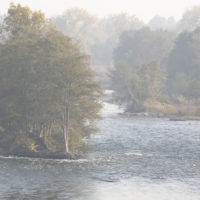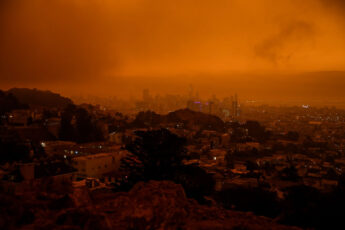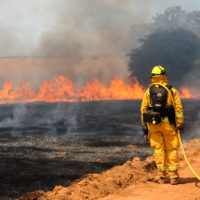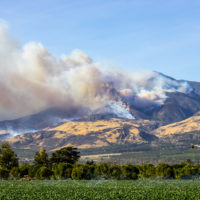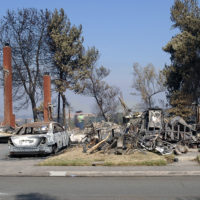Rising to the demands of worsening wildfires
Stanford experts are bringing a wide range of approaches, experiences, and disciplines to bear to identify the causes and consequences of changing fire patterns, inform wildfire management, and mitigate risks to human health and infrastructure.
Under new climate regimes, massive wildfires have become more the norm than the exception around the world. New patterns of heat and drought brought on by the climate crisis – coupled with decades of fire suppression that ignored traditional indigenous land management practices and failed to keep pace with changing forests and exponential growth of the wildland-urban interface – have resulted in vast infernos in many places around the world.
Recognizing a growing need, researchers and staff from across Stanford have brought a wide range of approaches, experiences, and disciplines to bear to identify the causes and consequences of changing fire patterns, inform wildfire management, and mitigate risks to human health and infrastructure near and far. The stories below provide a taste of their work – from creative innovations, like graduate students designing a board game that simulates cooperative wildfire preparation and recovery, to on-the-ground efforts like clearing vegetation and grazing goats to reduce potential wildfire fuel on university lands.
Learn more about ongoing wildfire research by Stanford scholars at wildfire.stanford.edu.




